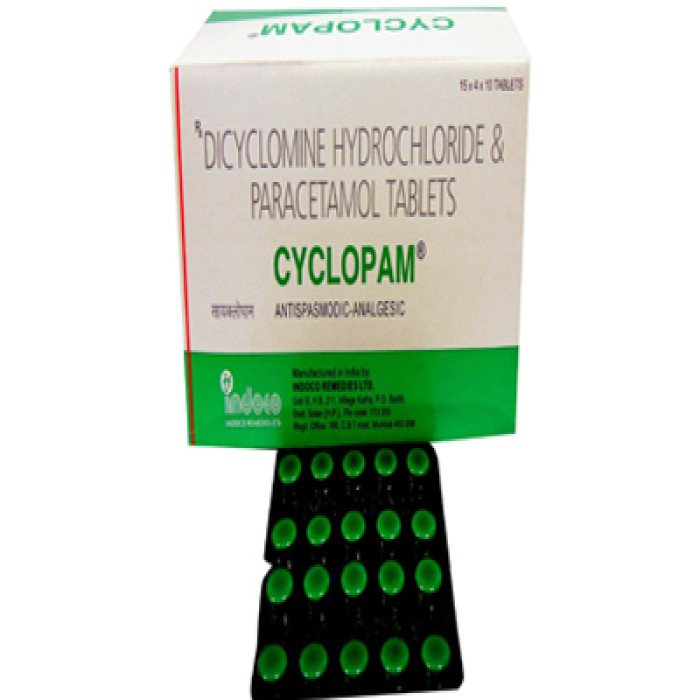
Cyclorphan is a compound belonging to the morphine family that has never been commercially available.
It was first produced in 1964 by researchers at the Research Corporation.
Cyclorphan has addictive properties and physiological effects similar to opium.
It acts as a weak partial agonist at the Micro Opioid Receptor (MOR) and an agonist at the Delta Opioid Receptor.
When combined with the Kappa Opioid Receptor (KOR), it fully initiates a psychological response.
Clinical tests have shown that Cyclorphan has a relatively long duration of action, good absorption, and provides strong pain relief.
The exact mechanism of action of Cyclorphan is not fully understood, but it is thought to work by activating opioid receptors in the brain and spinal cord, which leads to the release of neurotransmitters like dopamine and norepinephrine. These neurotransmitters are responsible for the analgesic (pain-relieving) and euphoric effects of Cyclorphan.
Cyclorphan has a relatively high affinity for the MOR, which is responsible for its pain-relieving effects. It also has a high affinity for the KOR, which may contribute to its addictive potential.
Cyclorphan has been studied as a potential treatment for various conditions, including pain, addiction, and psychiatric disorders. However, more research is needed to fully understand its safety and effectiveness in humans.
Like other opioid compounds, Cyclorphan can be addictive and can cause dependence with prolonged use. It can also have serious side effects, including respiratory depression, constipation, and sedation. These risks should be carefully considered before using Cyclorphan or any other opioid medication.
Cyclorphan is a compound with potential medical uses due to its ability to provide pain relief and its unique mode of action at different opioid receptors. However, its potential for abuse and addiction should also be carefully considered.


